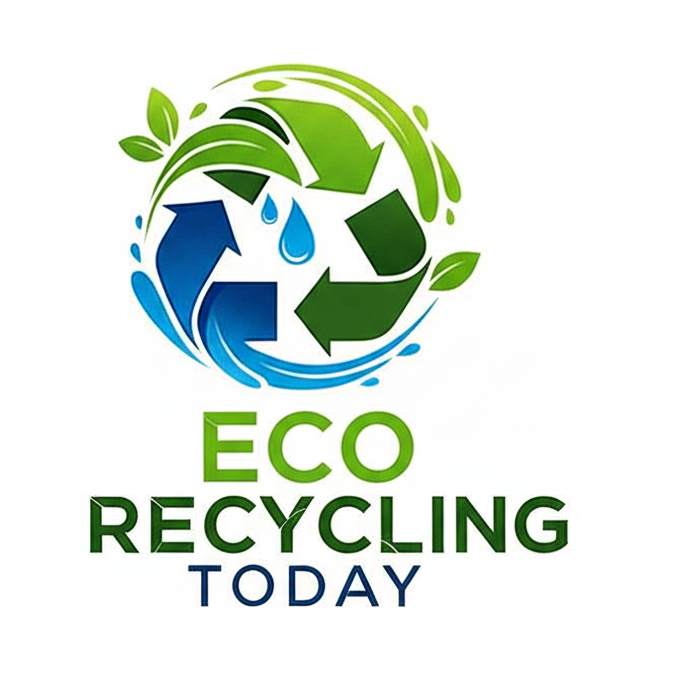In the quest for sustainability, biological recycling has emerged as a powerful and natural way to reduce waste, conserve resources, and support the environment. Unlike traditional recycling, which focuses on processing materials like plastic, metal, and glass, biological recycling leverages natural processes to break down organic materials, turning them into valuable resources. Let’s dive into what biological recycling is, how it works, and why it’s a game-changer for a circular economy.
What Is Biological Recycling?
Biological recycling involves the decomposition of organic waste materials—such as food scraps, yard waste, and agricultural byproducts—into reusable forms like compost, biogas, and nutrient-rich soil amendments. This process mimics nature’s way of recycling, where organisms like bacteria, fungi, and earthworms break down organic matter.
Common Forms of Biological Recycling:
- Composting: The controlled aerobic decomposition of organic matter to produce nutrient-rich compost for soil improvement.
- Anaerobic Digestion: A process that breaks down organic materials in the absence of oxygen, producing biogas (a renewable energy source) and digestate (a nutrient-rich fertilizer).
- Vermicomposting: The use of earthworms to decompose organic waste into high-quality compost, rich in nutrients.
Benefits of Biological Recycling
1. Reduces Organic Waste in Landfills
Organic waste accounts for a significant portion of landfill content, releasing harmful methane gas as it decomposes. Biological recycling diverts this waste, reducing greenhouse gas emissions and saving landfill space.
2. Produces Valuable Resources
- Compost: Enriches soil, improves water retention, and promotes healthier plant growth.
- Biogas: A renewable energy source that can be used for heating, electricity, or as a vehicle fuel.
- Nutrients: Replenishes soil nutrients, reducing the need for chemical fertilizers.
3. Supports Soil Health and Agriculture
Adding compost or digestate to soil improves its structure, fertility, and ability to retain moisture, leading to better crop yields and sustainable farming practices.
4. Lowers Carbon Footprint
Biological recycling reduces reliance on synthetic fertilizers and fossil fuels, helping combat climate change.
How Biological Recycling Works
The process varies depending on the method but generally involves these steps:
1. Collection of Organic Waste
Organic materials, such as food scraps, yard clippings, and agricultural waste, are collected separately from other types of waste.
2. Decomposition
In composting, organic waste is layered, aerated, and monitored for moisture and temperature to encourage microbial activity.
In anaerobic digestion, waste is placed in sealed tanks where bacteria break it down, producing biogas and digestate.
3. Resource Recovery
- Compost is cured and used as a soil amendment.
- Biogas is captured, purified, and used for energy.
- Digestate is applied to fields as an organic fertilizer.
Biological Recycling in Everyday Life
1. Home Composting
You can start composting in your backyard or with a composting bin. Collect food scraps, yard waste, and even shredded paper, ensuring proper balance between "greens" (nitrogen-rich materials) and "browns" (carbon-rich materials).
2. Community Composting Programs
Many municipalities offer curbside composting or drop-off programs, making biological recycling accessible to more people.
3. Agricultural Waste Management
Farmers and agricultural businesses can adopt large-scale composting or anaerobic digestion systems to recycle crop residues and livestock manure.The Future of Biological Recycling
Biological recycling is a natural and effective way to manage organic waste, turning it into valuable resources like compost and renewable energy. By adopting biological recycling practices at home, in communities, and on larger scales, we can reduce waste, support agriculture, and combat climate change.
If you need an eco-friendly solution for organic waste, we can provide biological recycling systems that harness natural processes to convert waste into valuable resources. Our technology transforms organic materials into compost, bioenergy, and other by-products—reducing landfill use, conserving resources, and supporting a cleaner, greener future.
